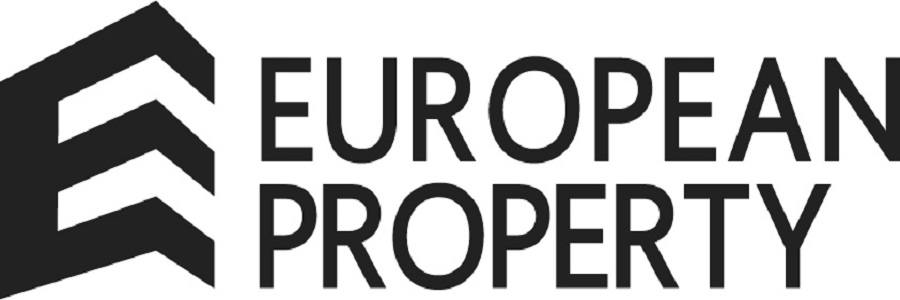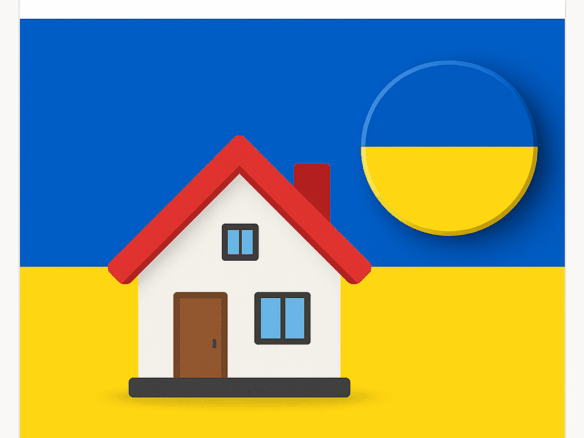The future looming ahead of us promises more sustainability and better housing options with the help of smart technology. Smart buildings are only going to become more popular in coming years offering hope for us and our environment.
Most feedback on smart buildings is positive and though seemingly this type of construction has no downsides, there are still disadvantages that are well worth considering. We believe that smart buildings provide an intelligent investment for stakeholders but it’s important to understand the advantages and disadvantages of these properties.
For example, one of most common reasons people support a smart building is their heavy reliance on technology to reduce maintenance, control wasteful energy consumption, and reduce the carbon footprints of the tenants. However, there are quite a few disadvantages that some naysayers may argue such as the risk of cyber attacks, hefty upfront investment costs, and the constant need for an uninterrupted Internet connection.
Advantages Of Smart Buildings In 2022
*Lower Operational Costs
Smart buildings by nature have lower operational costs and can cut down on necessary maintenance. By installing smart HVAC systems, lighting, and occupancy measurement sensors, buildings with smart technology can operate at 30% lower costs than competitors.
*Reduce Or Postpone Maintenance
Using collected data and AI, it is possible to reduce maintenance costs or at the very least, predict when they’re necessary. Using algorithms that are programmed within the building, the property has the ability to shut down appliances or devices that are malfunctioning and may cause costly damage or harm.
*Reduced Energy Consumption
Smart buildings are by nature considered sustainable because they can curb unnecessary energy usage. By employing the use of carefully placed sensors, the buildings can help make the use of water and electricity more efficient and on-demand.
An occupancy management tool can actively measure the number of people in a room and calculate the amount of electricity necessary to make the room more comfortable. It is also possible to use smart technology in conjunction with heat pumps or photovoltaic panels to create a source of green energy.
*Better At-Home Productivity
Due to the pandemic, many people are opting to permanently work from home, or at least until conditions are safe enough to return to their offices. For this reason, smart buildings provide an ideal way to make working from home more enjoyable. From having better climate control to providing ideal lighting conditions, people can make use of smart technology to increase their productivity.
Smart buildings also offer the added benefit of having navigation systems that allow employees to book meeting rooms as needed. More importantly, it helps eliminate the potential for communication errors.
*Enhance Health And Well-Being
Smart HVAC systems will make it easier to control indoor air quality and temperatures for tenants. Sensors can also help the elderly and disabled by offering fall detection and emergency alerts as needed. Using access control, family members or a caretaker can help the person in need of assistance.
*An Increase In Perceived Value
As smart buildings are slowly becoming a rising trend, future tenants are willing to pay more money to rent or own apartments that rely on smart technology. As operational costs can decrease but rent can increase, real estate investors have the ability to turn a much higher profit than through traditional means.
Disadvantages Of Smart Buildings In 2022
*Cyber Threats
One of the biggest and most obvious disadvantages of smart buildings is the security threat. As all technology is interconnected, it makes it easier for hackers to put tenants at risk. This is especially a rising concern when cheaper technology is employed without top-of-the-line security features. Many countries are fighting back by strengthening the rules and regulations pertaining to smart buildings. This includes forcing companies to only use quality and safe gadgets.
*High Initial Costs
Smart technology doesn’t come cheap, and many small investors may find themselves strapped for money when it comes to investing in smart buildings. The startup costs ultimately depend on the size as well as the amount of technology required to run the building.
On the other hand, as tenants will pay a higher price to live in these buildings, investors can recoup their initial investments in just a few months or up to a year. This is why it’s a myth that smart buildings don’t provide a good ROI.
*Reliable Network Connectivity
Smart technology requires a constant and reliable Internet connection to function well without any glitches. That means, without a reliable connection, the building will never have the ability to function at its full capacity.
*A Learning Curve
Though the next generation of kids is growing up with a deep understanding of technology, many older generations are still not comfortable with using it. This is why it’s crucial to invest in a user-friendly technology that has a minimal learning curve for new users.
Smart technology has come a long way in recent years, and smart buildings are for sure the future. However, investors truly need to have a solid understanding of the advantages and disadvantages of these buildings before choosing to invest.
From reduced maintenance costs to better sustainability practices, the advantages of these buildings are seemingly endless. Of course, it’s important to consider both sides of the argument as smart technology isn’t easy for everyone to use, does pose a safety risk in some instances, and will make tenants wholly reliant on a solid Internet connection.





